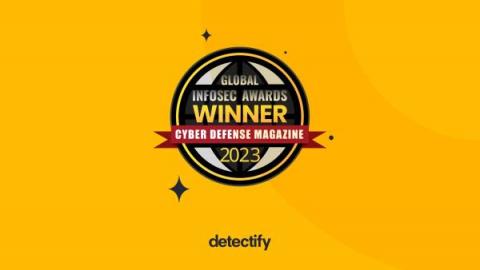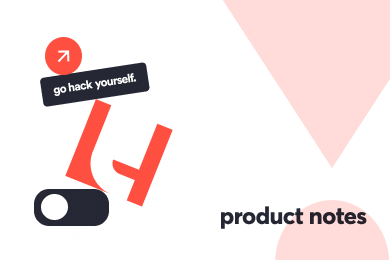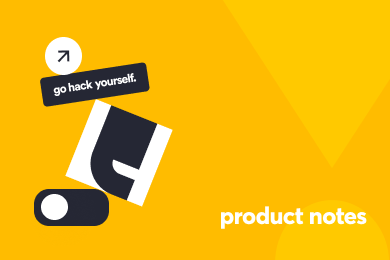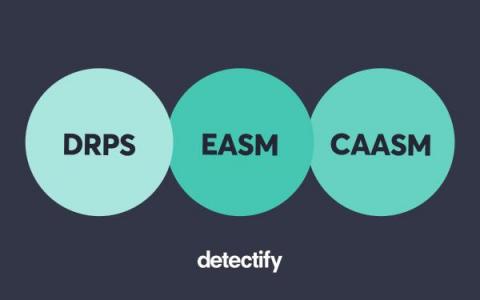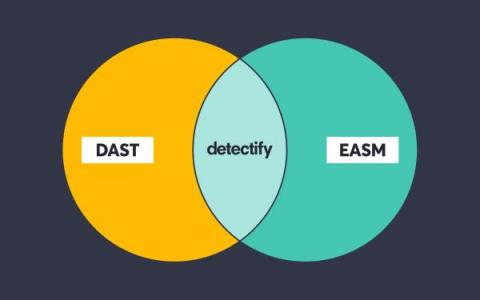7 things that your EASM platform should be able to do
Greetings, digital guardians. Today, we’ll be diving into the wonderful world of External Attack Surface Management (EASM) platforms. As the sun rises on another day in your cyber kingdom, you may find yourself wondering whether your EASM platform is really up to the task of protecting it. In this article, we’ll be your guiding light in the dark alleys of EASM uncertainty.



